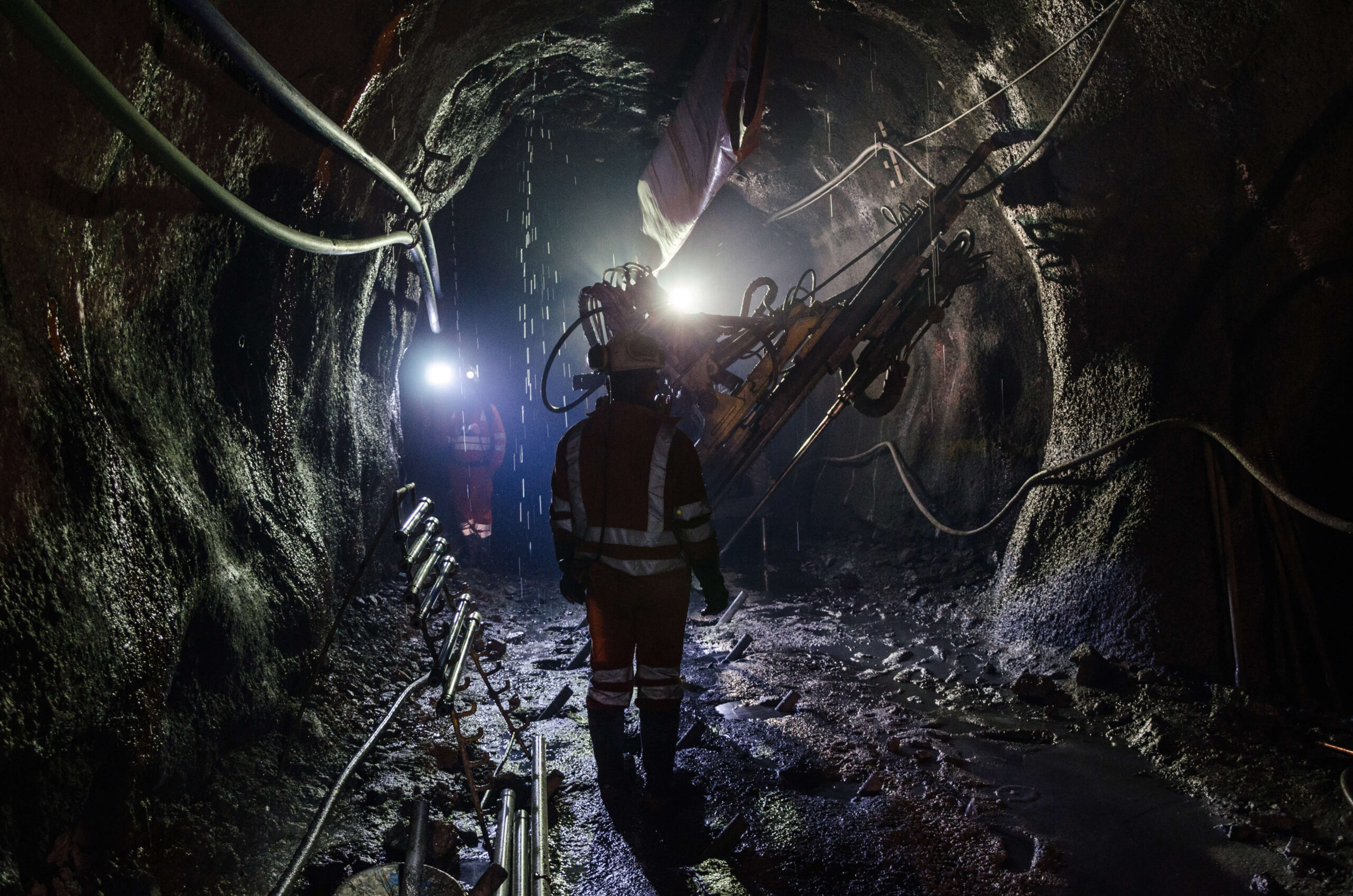Several years ago, we helped a mine operator through a difficult accident investigation.
During the investigation, a toxicology report was received that indicated the presence of a narcotic in the victim’s bloodstream. There was a great deal of debate with the Mine Safety and Health Administration (MSHA) about whether the amount identified could have impaired the victim’s motor skills and judgment, possibly contributing to the accident.
To be fair, there were good-faith, valid arguments on both sides of the debate. At the end of the day, however, notwithstanding these findings, MSHA did not reference the toxicology report results in its official accident investigation report.
The Big Picture
It appears that MSHA’s referencing the presence of drugs—whether prescription or nonprescription—or alcohol in an accident investigation report happens only rarely.
There are a number of possible reasons for this. For one, while the protection of miners has always been MSHA’s primary goal, a segment of the mining community believes highlighting facts that might tend to direct responsibility at a miner undermines that goal.
Another possible reason is the fact that MSHA’s expertise—which includes things like mining engineering, mechanical engineering, industrial hygiene, and rock mechanics—does not necessarily extend to a comfort level in evaluating the impacts of drug use. Investigators are much more comfortable focusing on black-and-white factors involving hazardous conditions, defective equipment, and unsafe practices.
In addition, the agency is understandably gun-shy about addressing alcohol and drug use on mine property after the controversy that developed around its unsuccessful 2008 effort to promulgate an alcohol- and drug-free mines standard.
The Reality
While these are understandable concerns, they really miss the point. The very first sentence the U.S. Congress included in the Federal Mine Safety and Health Act states that “the first priority and concern of all in the … mining industry must be the health and safety of its most precious resource—the miner.”
Omitting factors that may have had an impact in an accident can skew the overall findings of an investigation and deny the operator and miners the opportunity to evaluate possible safety and health concerns within their workplace. Further, to the extent that people in the workplace are aware of omitted potential factors in a particular incident, a scrubbed or incomplete report may undermine the credibility of the investigation and overall trust in the process and findings.
A defense of this situation has been that operators have the opportunity to challenge allegations of violation, gravity, and negligence by contesting citations and orders and introducing evidence of impairment that mitigate the allegations MSHA has made. While this is certainly true, it is also true that even when such evidence is produced in court, and citations are vacated or modified, those results are seldom added to the investigation report posted on the MSHA website.
The reality is that once a report is finalized and published, only rarely is it amended to include information that ultimately carries the day in court.
The result is that MSHA may not have a complete repository of data that enables the agency or the industry to measure the impact of drug and alcohol impairment on the industry, nor does it have a ready resource to enable teaching moments in toolbox meetings and safety training sessions.
This is not about directing guilt at an individual or an industry. It is about recognizing that the mining industry is exposed to the same alcohol and drug scourge that affects other industries and society as a whole.
It is evident that MSHA certainly understands the problem—especially when it comes to opioid use in the mining industry. As of this writing, the industry is anticipating the agency’s rollout of an opioid hazard awareness refresher training module that was created by researchers at the University of Massachusetts Lowell. To date, this module has been utilized to train more than 800 miners in Massachusetts, showing promise as an excellent resource to help the industry address the issue of substance abuse.
A version of this article was previously published in Pit & Quarry magazine.






